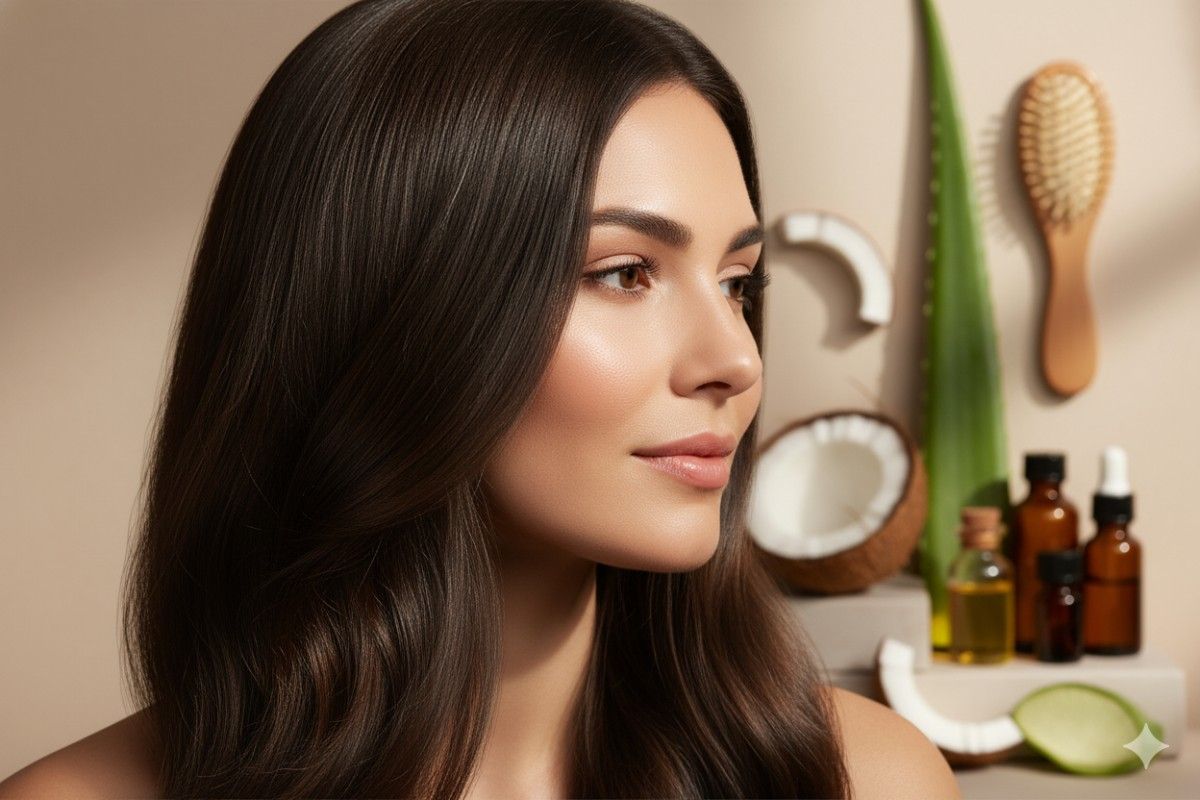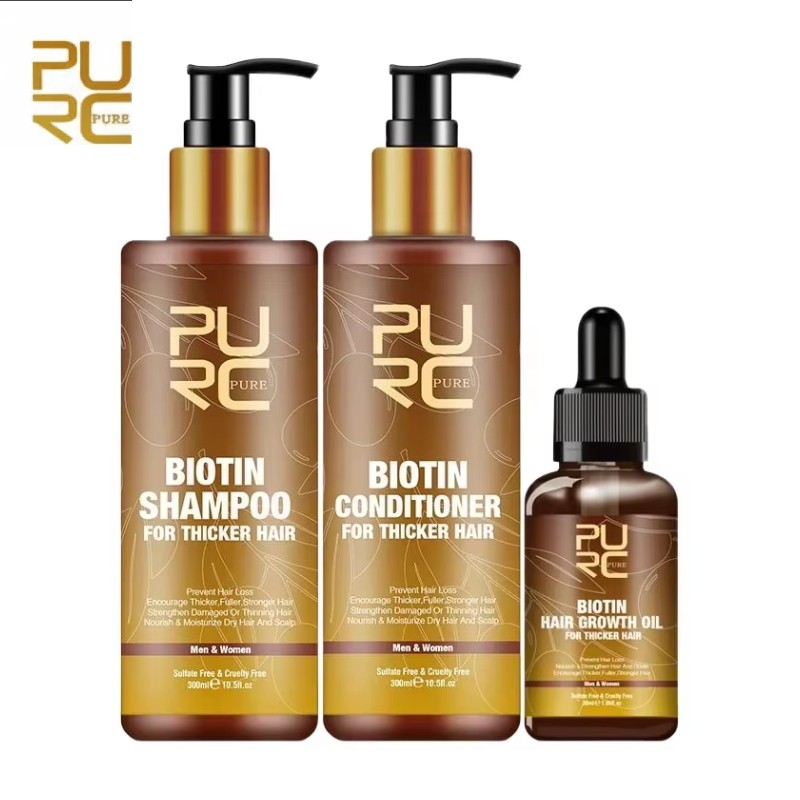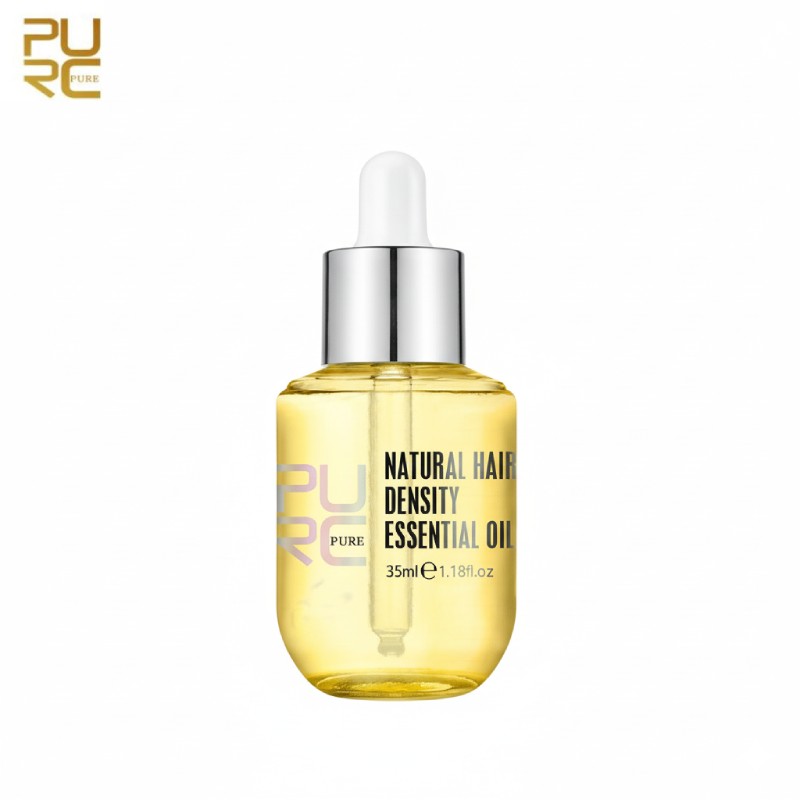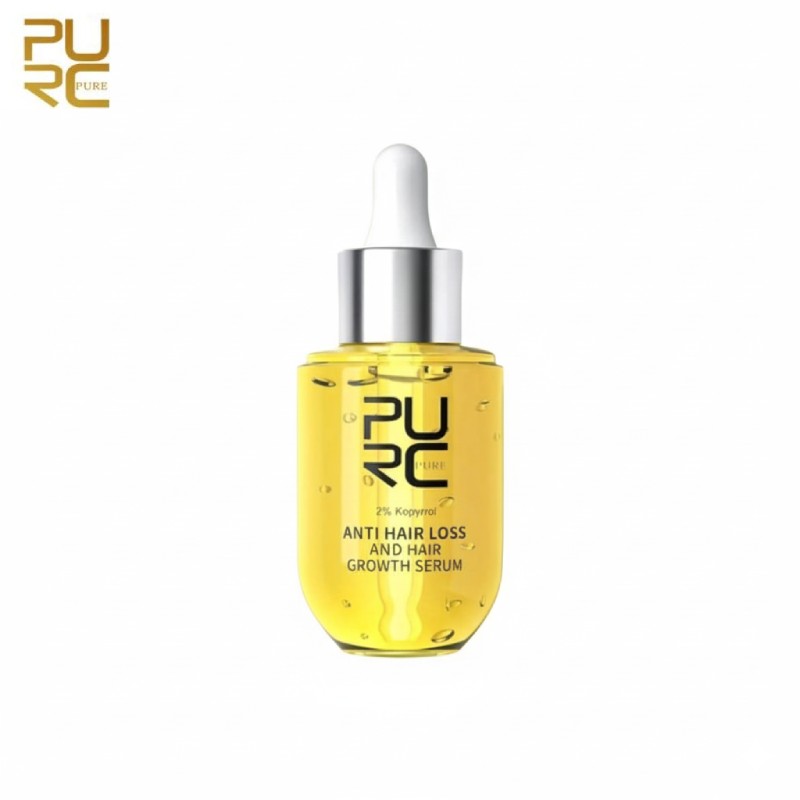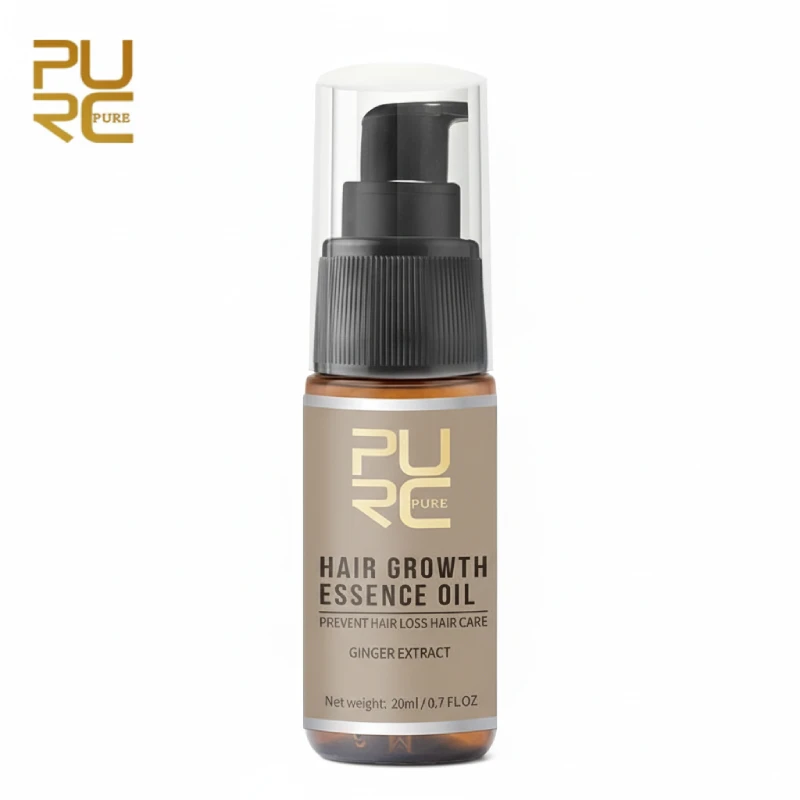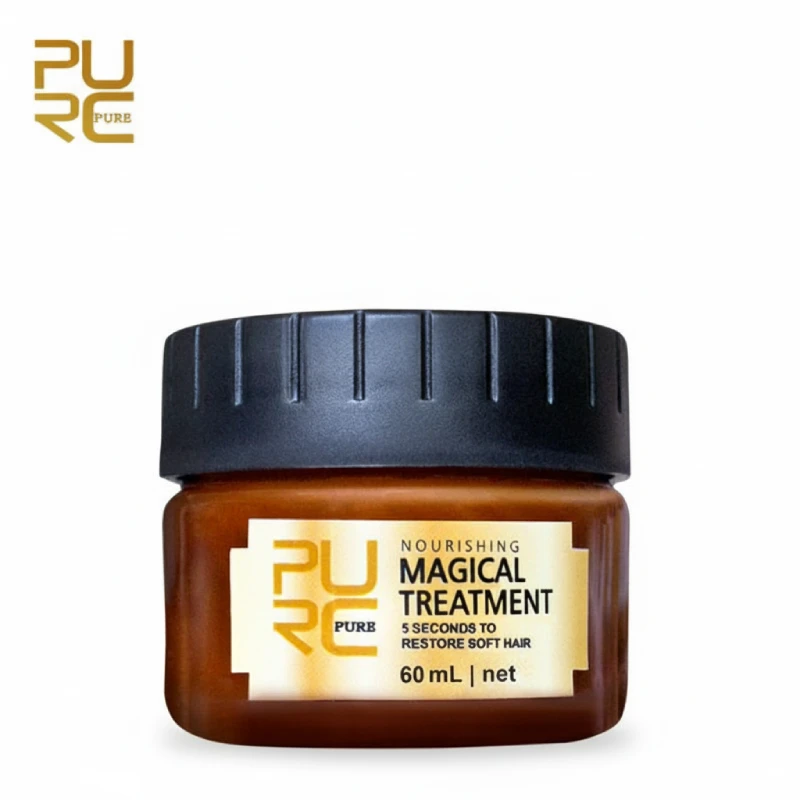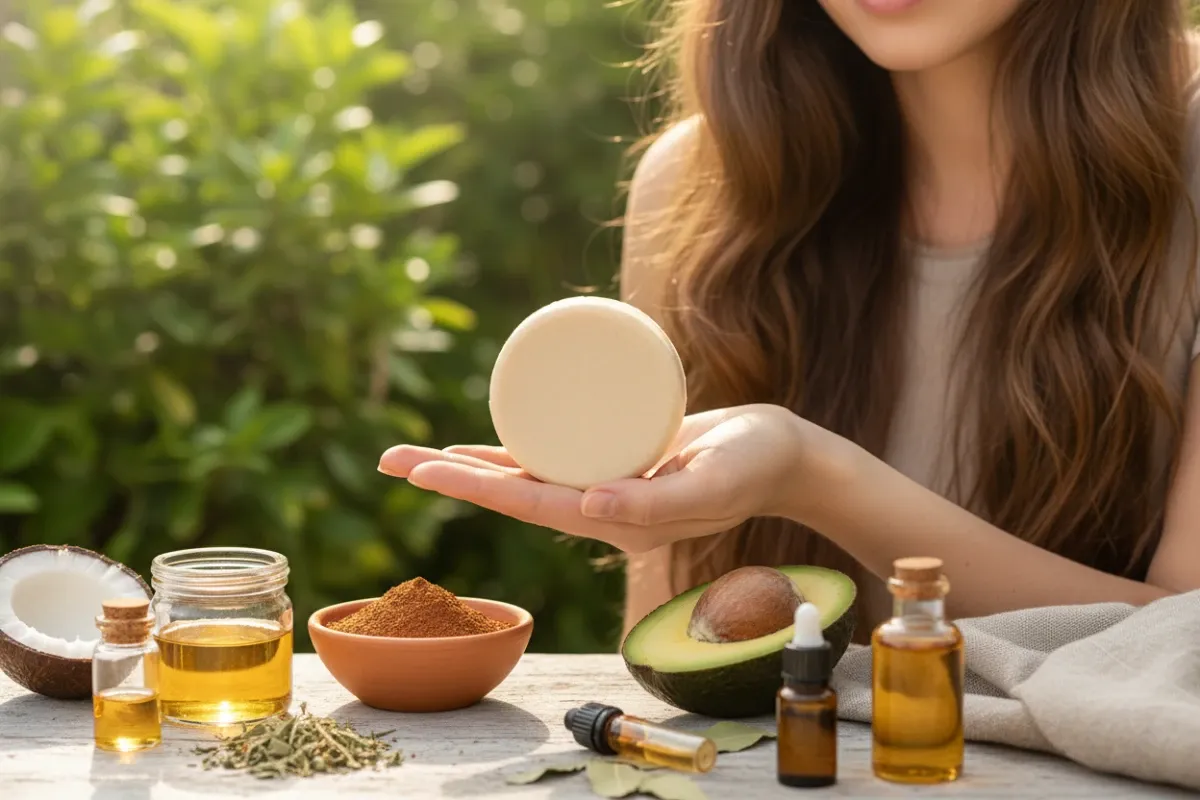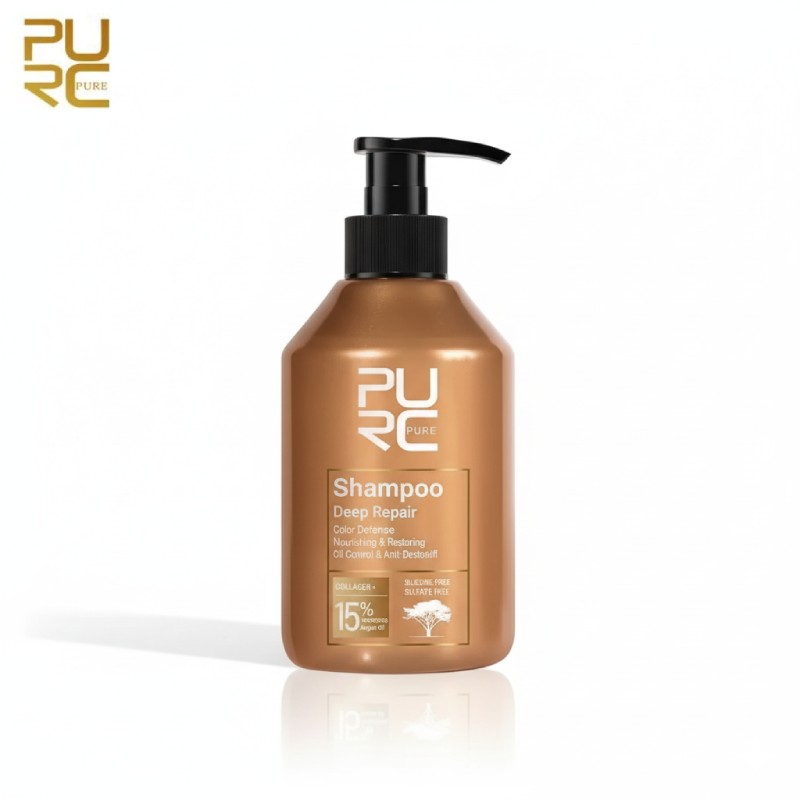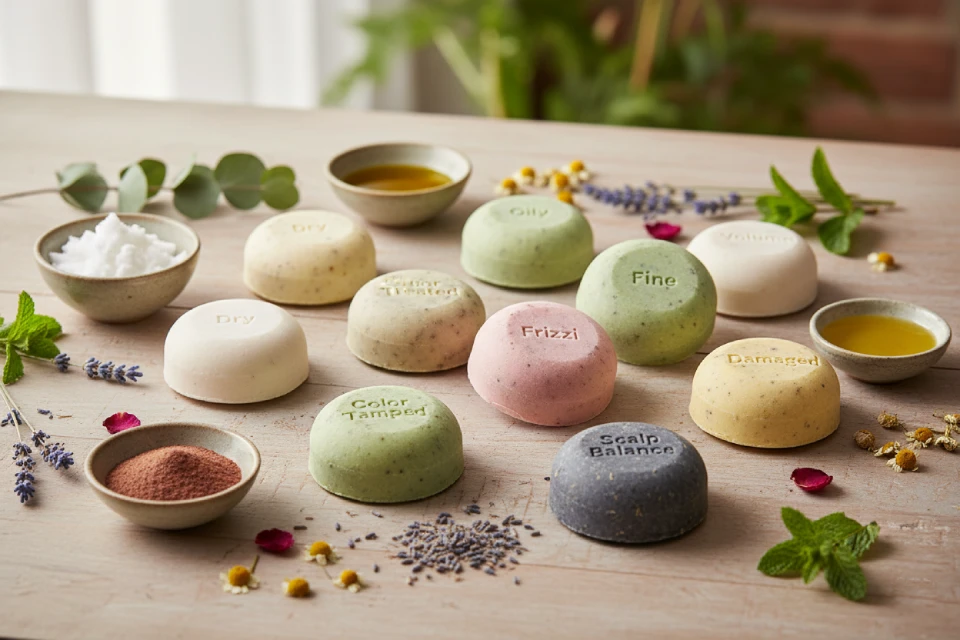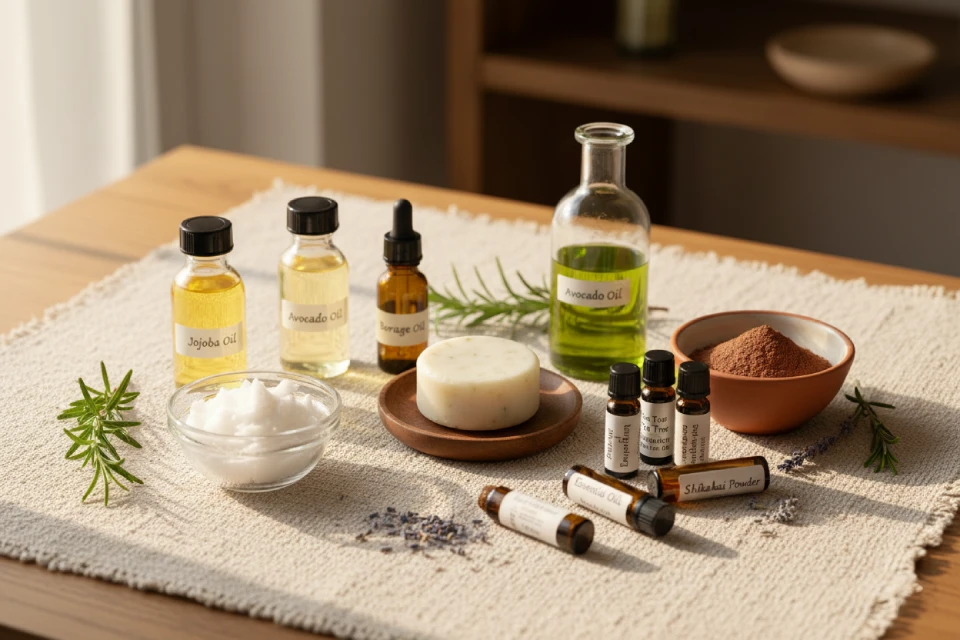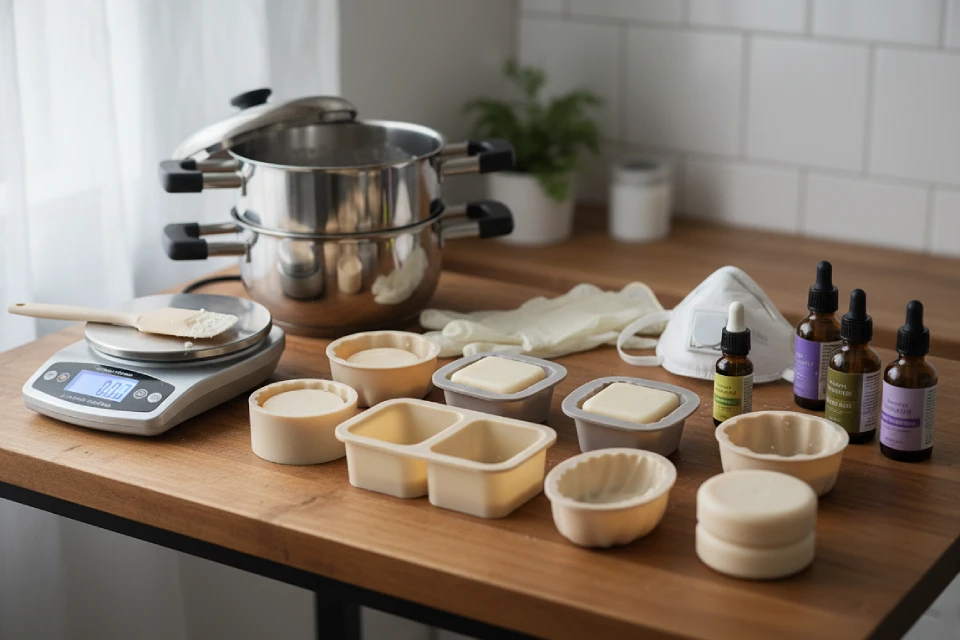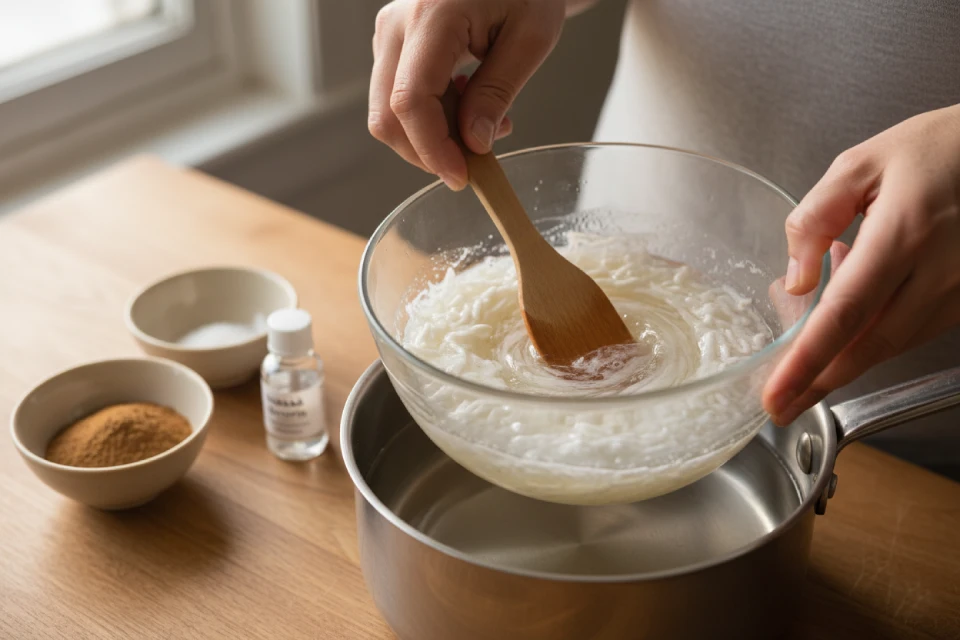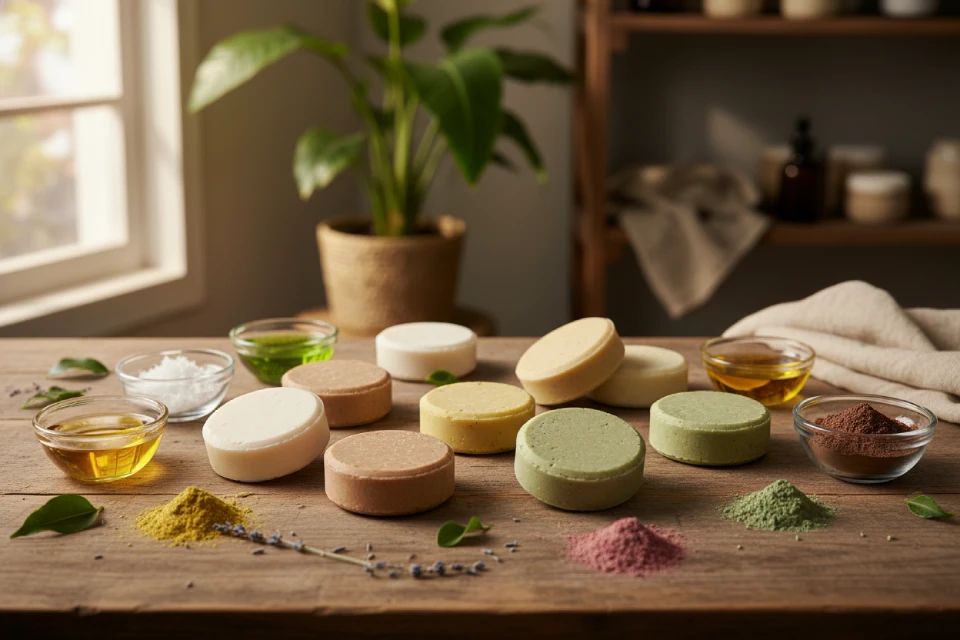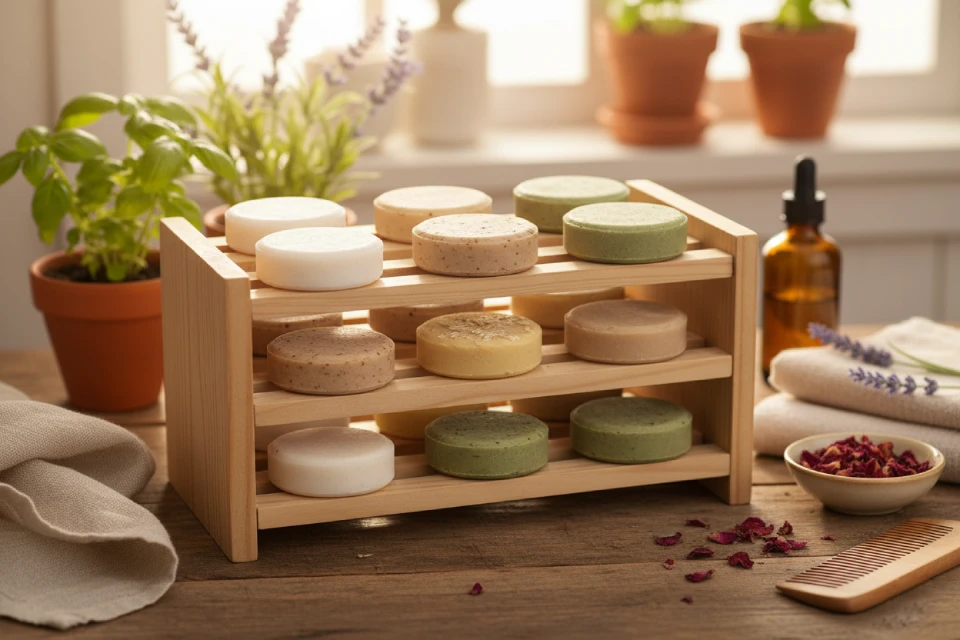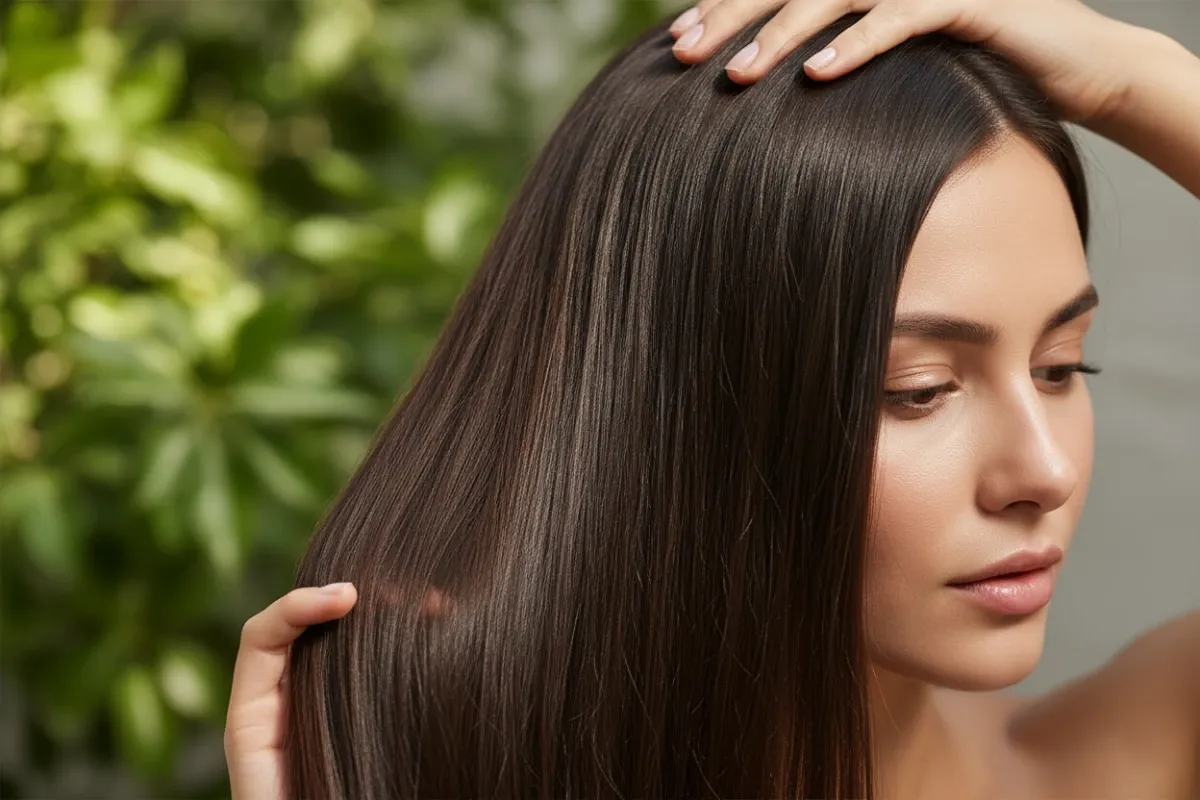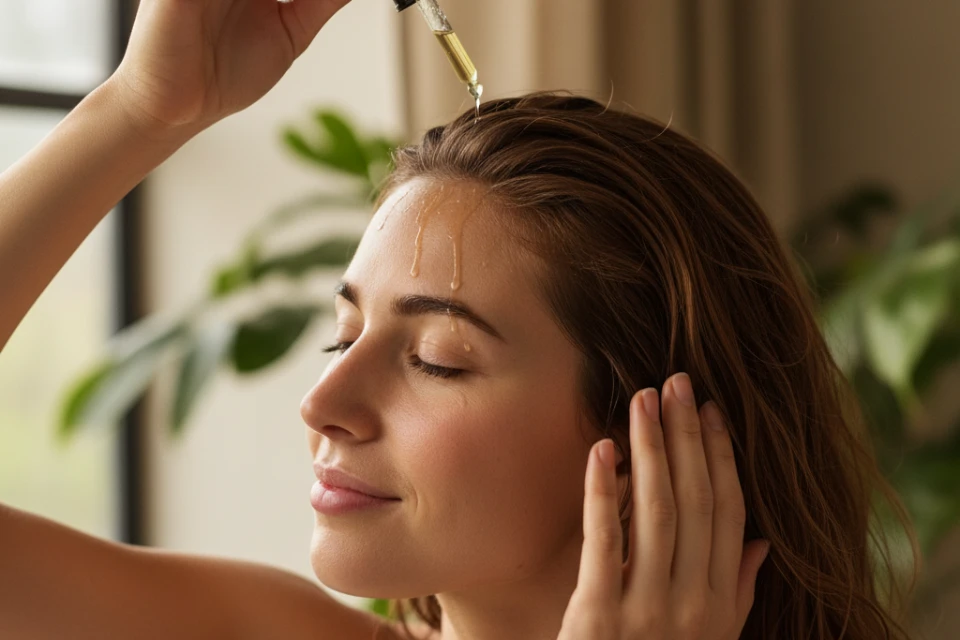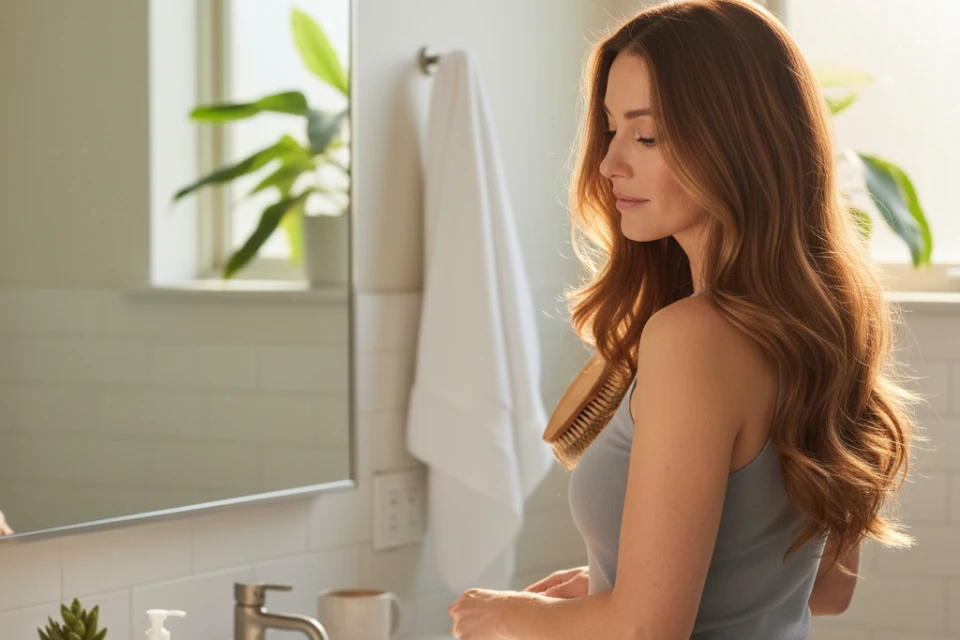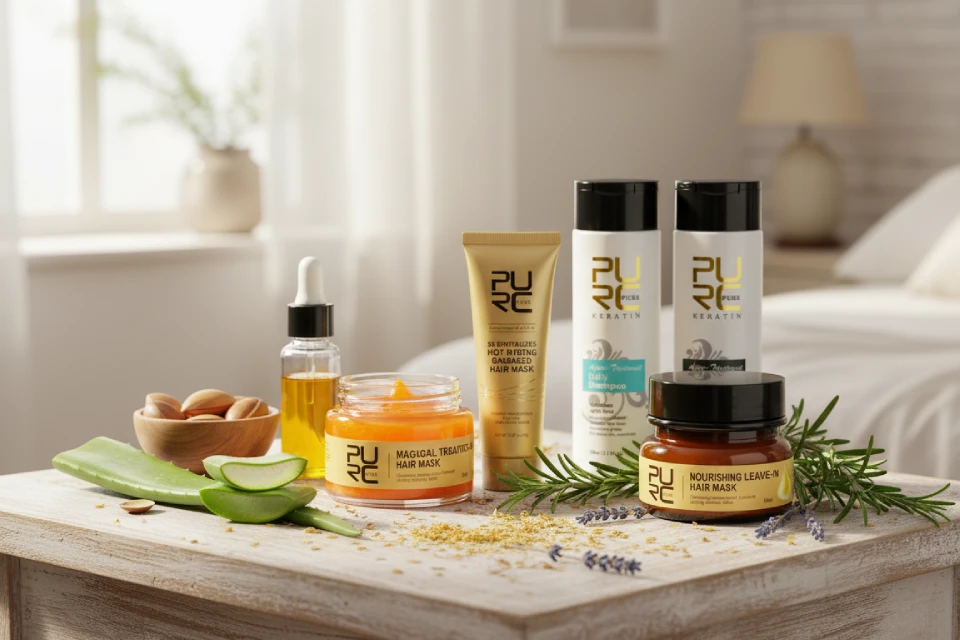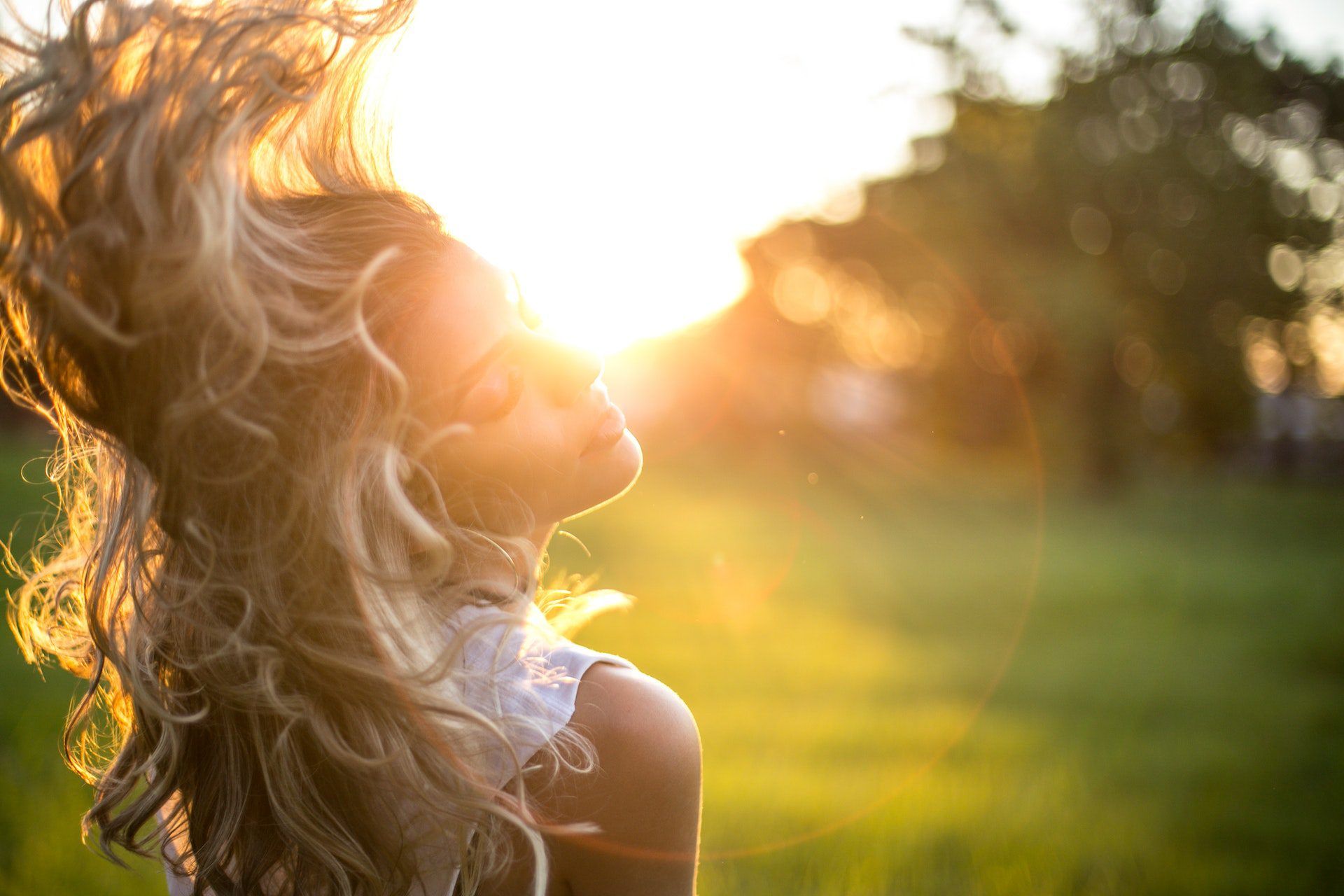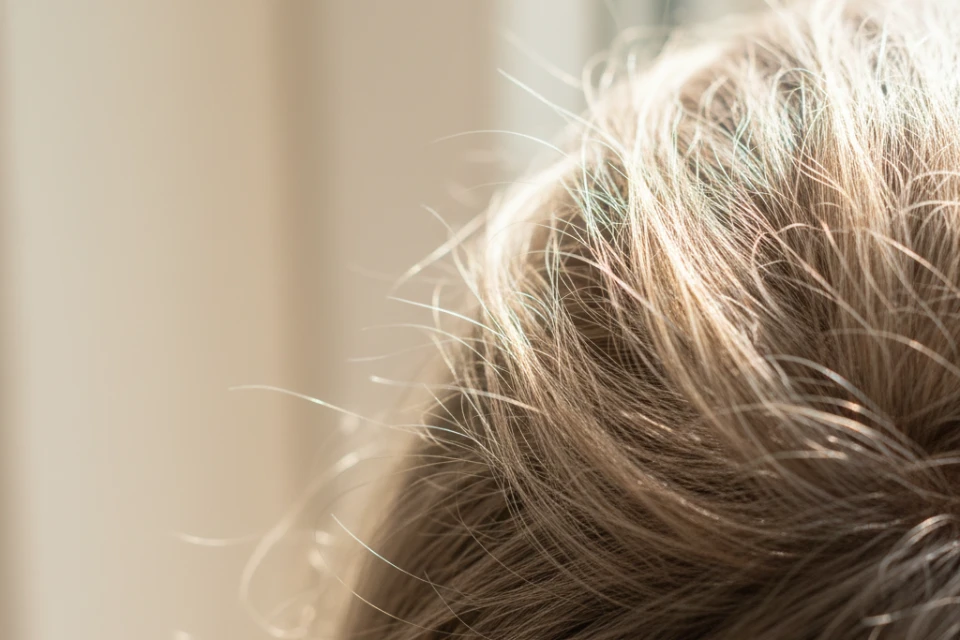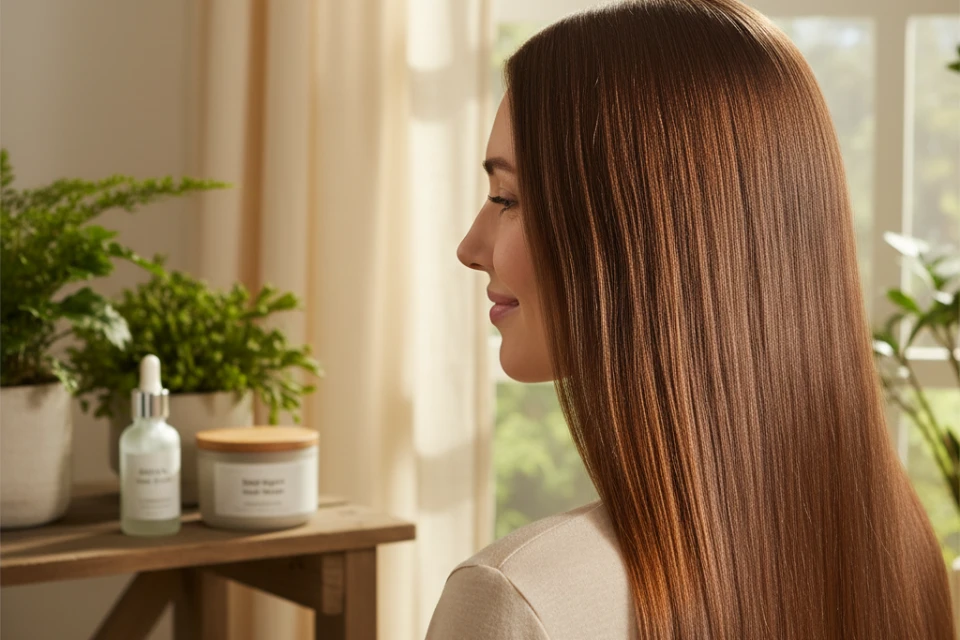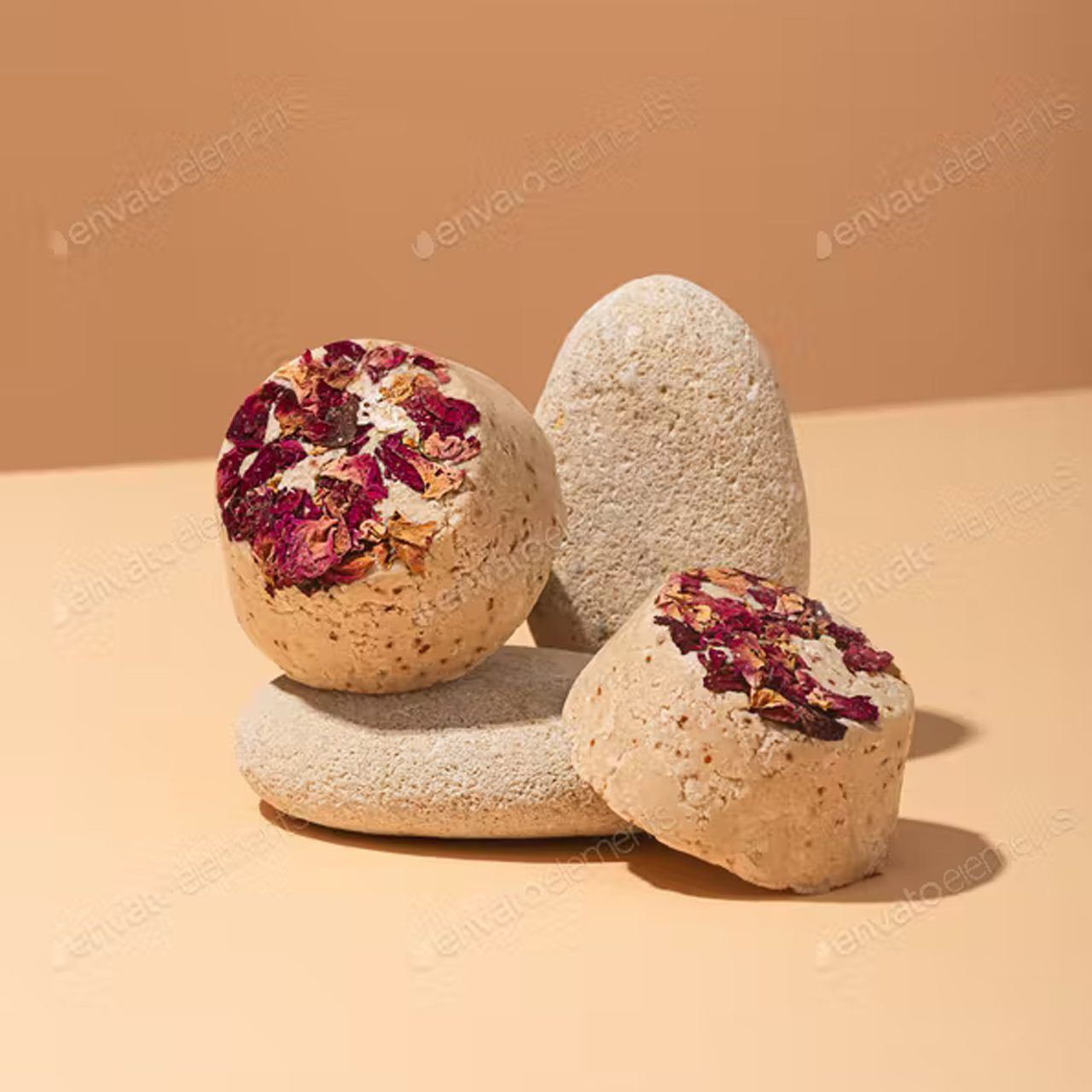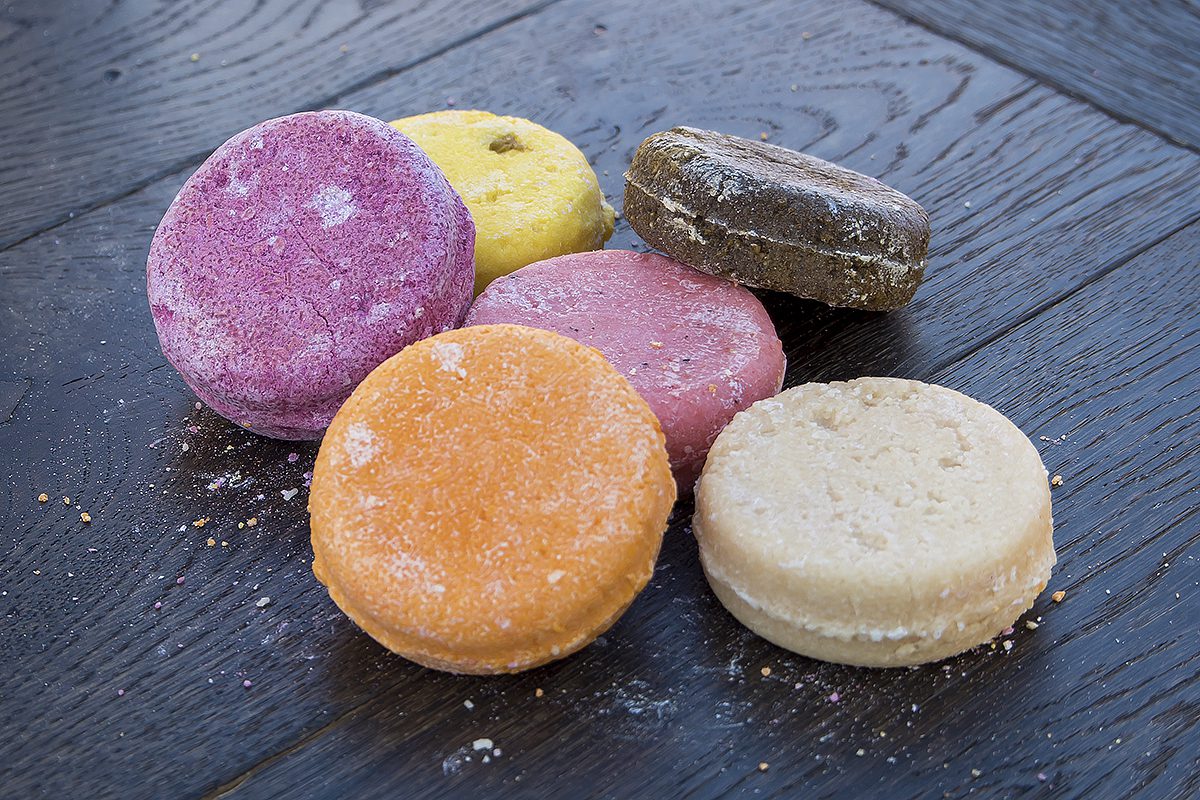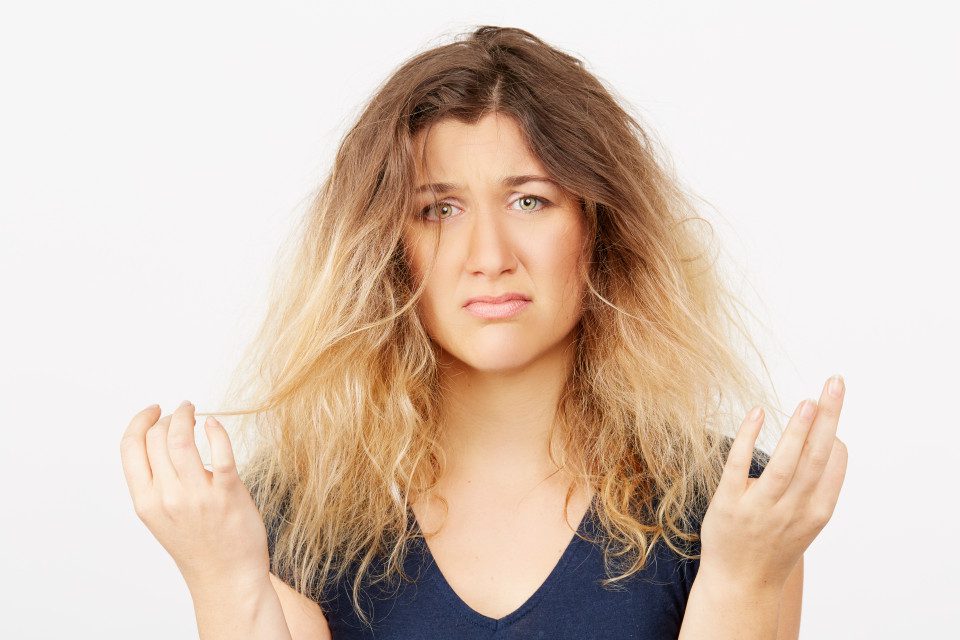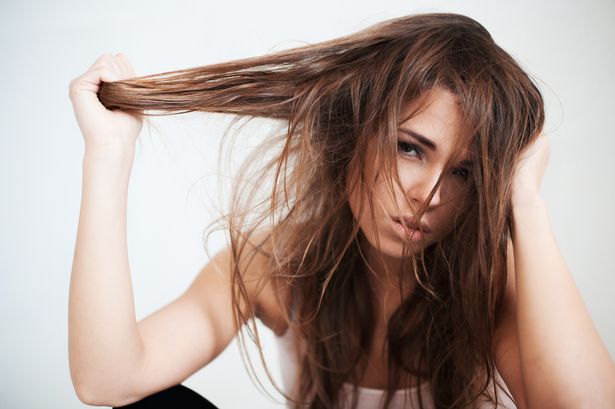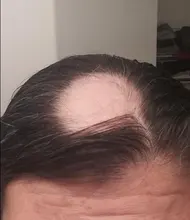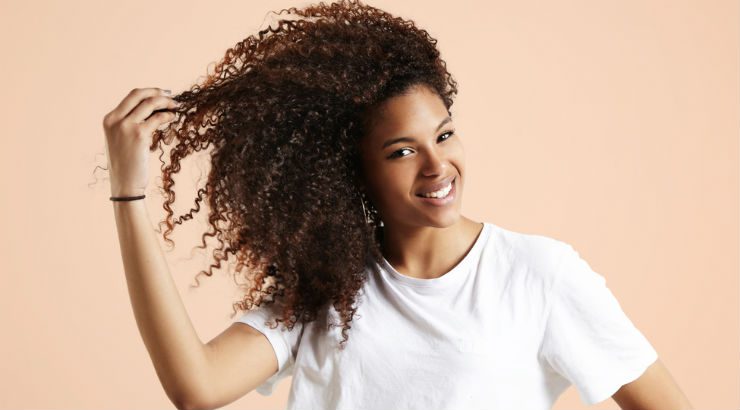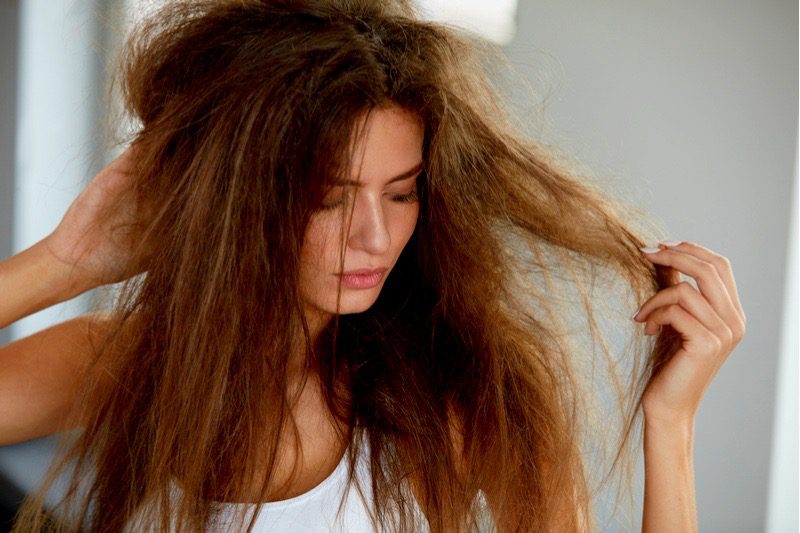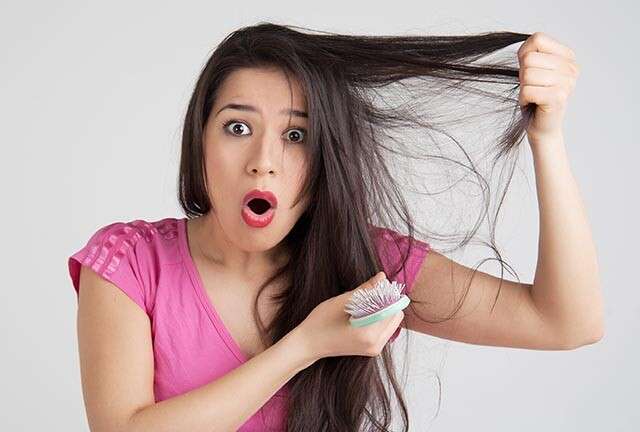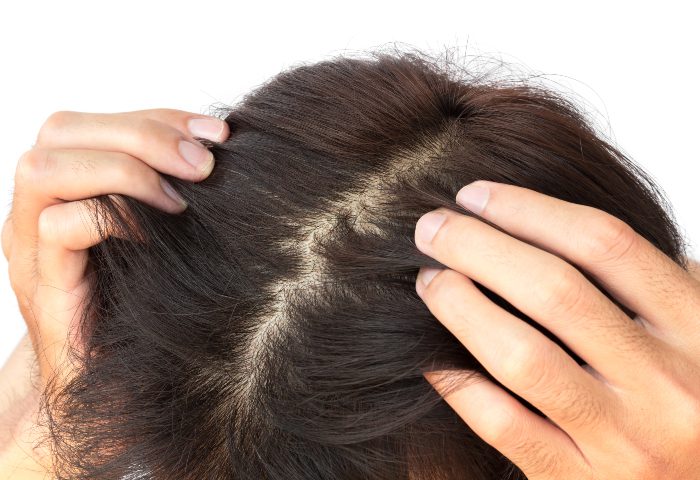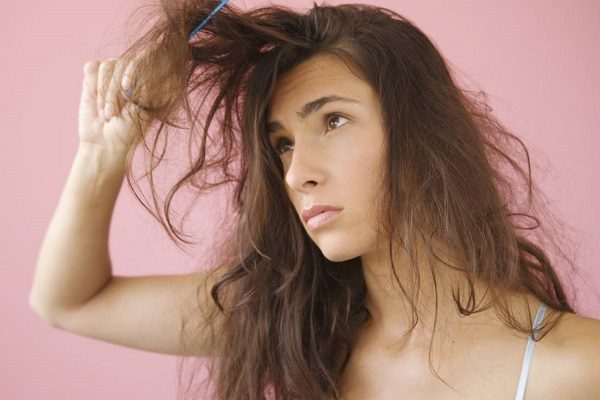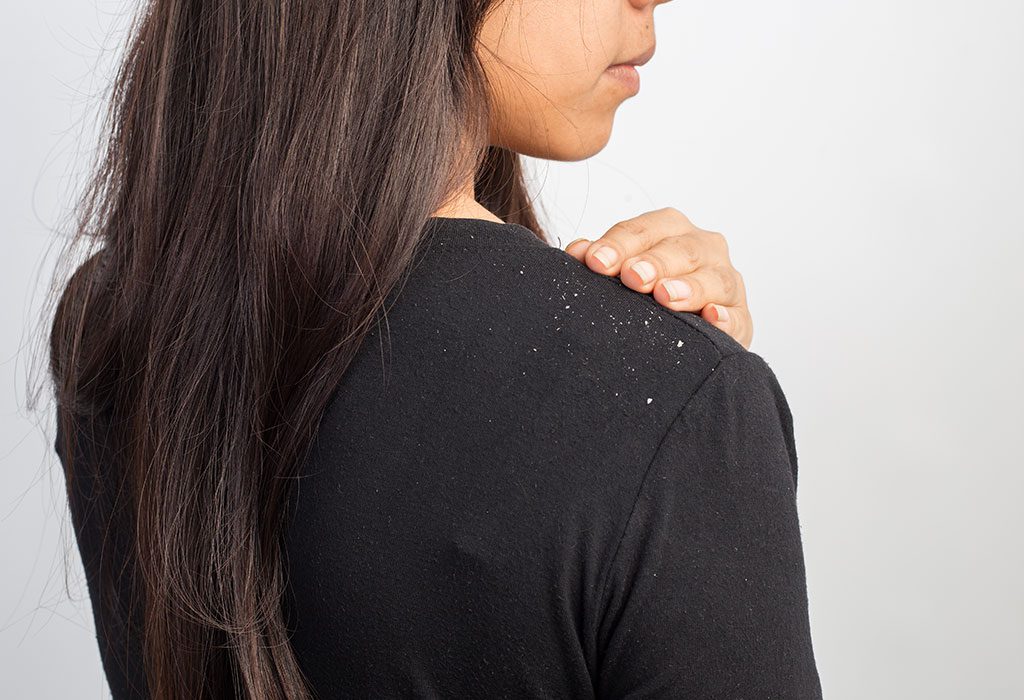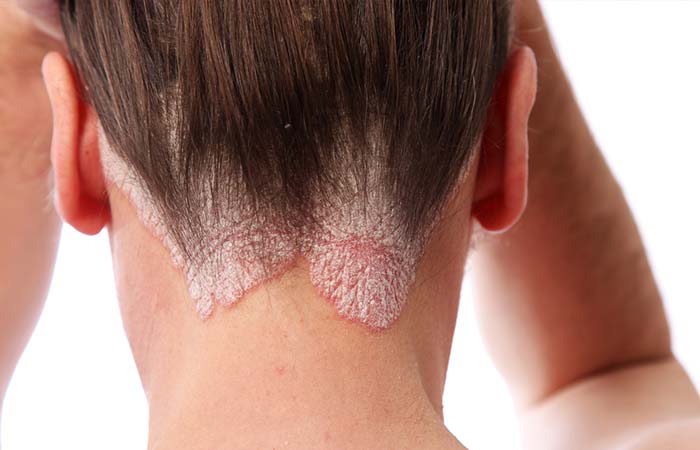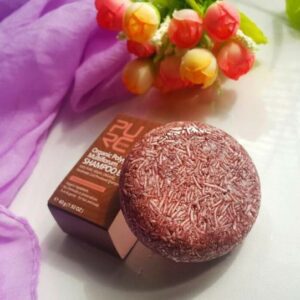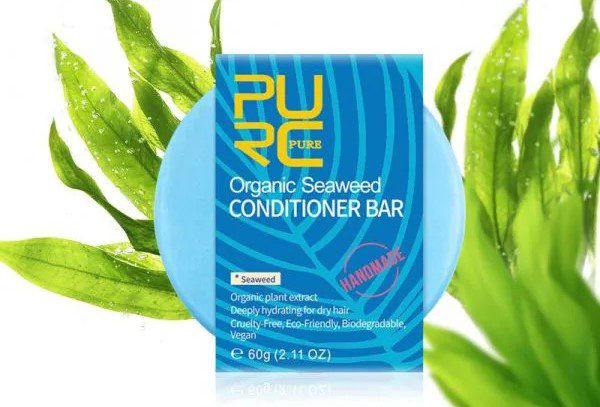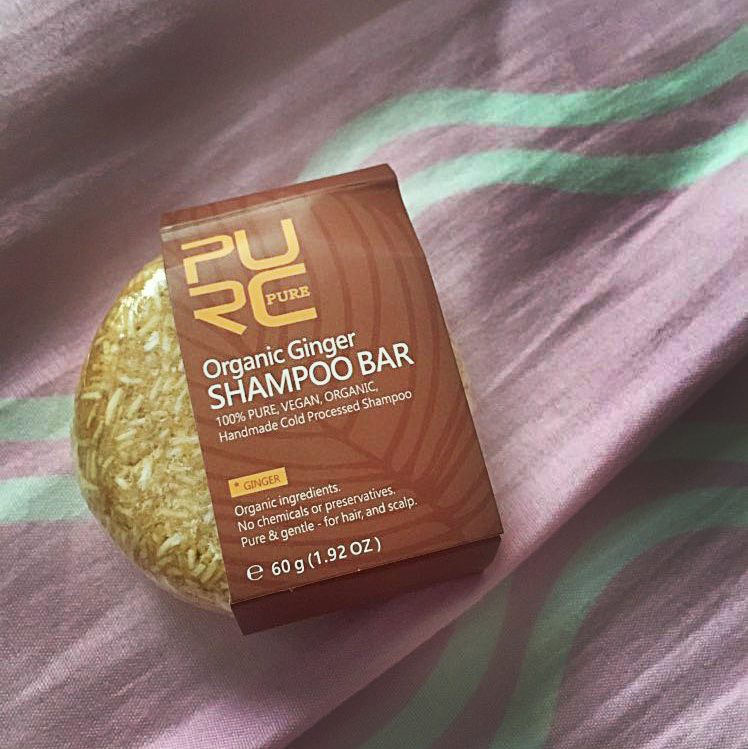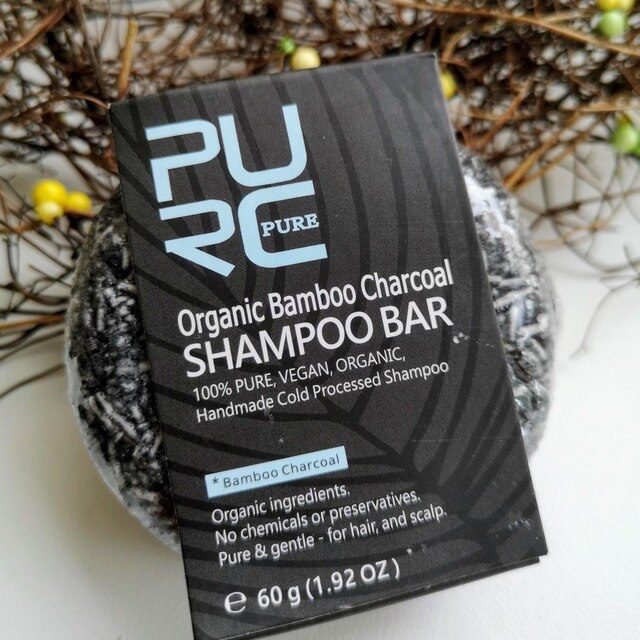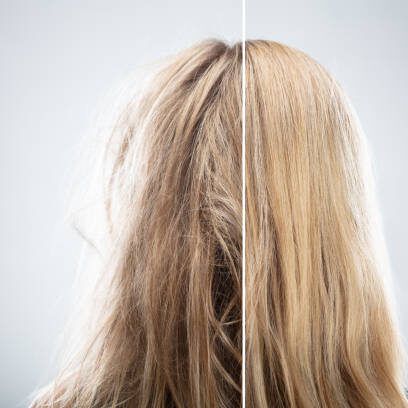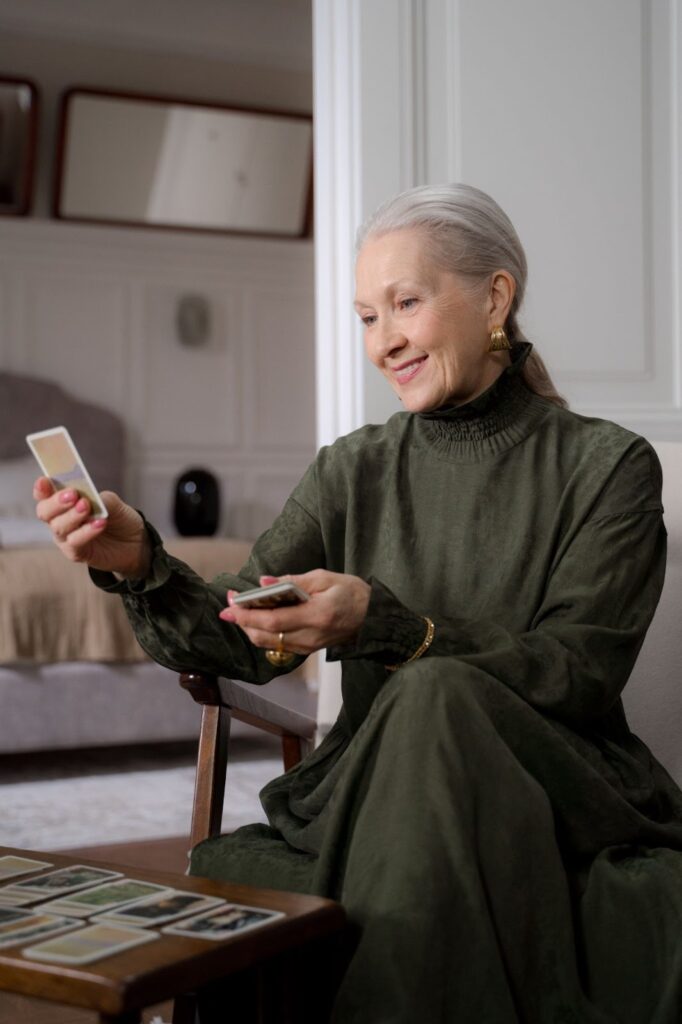Healthy Hair Routine Guide: Tips & Recommended Products
A healthy hair routine isn’t just about vanity; it’s about caring for one of your body’s most expressive features. A consistent routine strengthens your strands, protects your scalp, and helps prevent damage before it begins. With the right approach and the best hair products, anyone can enjoy smoother texture, improved shine, and long-term hair vitality. Investing in quality hair care matters because natural, nutrient-rich ingredients support your hair from root to tip without exposing it to the harsh effects of synthetic chemicals.
This guide walks you through practical hair care tips, seasonal adjustments, nutrition advice, and recommended products to help you build a healthy hair routine that truly works.
Understanding Your Hair Type
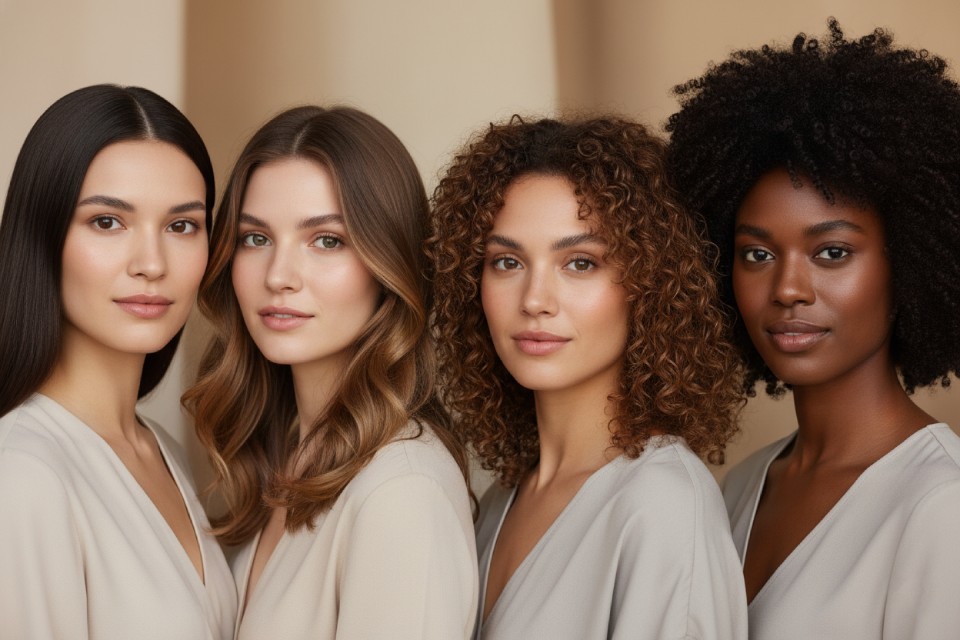
Every effective hair routine begins with understanding what your hair needs. Different hair types, straight, wavy, curly, and coily, respond differently to moisture, oils, styling, and environmental exposure.
How to Identify Your Hair Type
- Straight Hair: Lies flat, tends to get oily quickly, and lacks natural curl patterns.
- Wavy Hair: Forms gentle “S” patterns, may frizz easily, and needs balanced moisture.
- Curly Hair: Defined curls that range from loose spirals to tight ringlets; often prone to dryness.
- Coily Hair: Tightly curled or zig-zag patterns; requires rich hydration and gentle handling.
To determine your type, wash your hair, let it air-dry without products, and observe its natural shape.
Daily Hair Care Tips
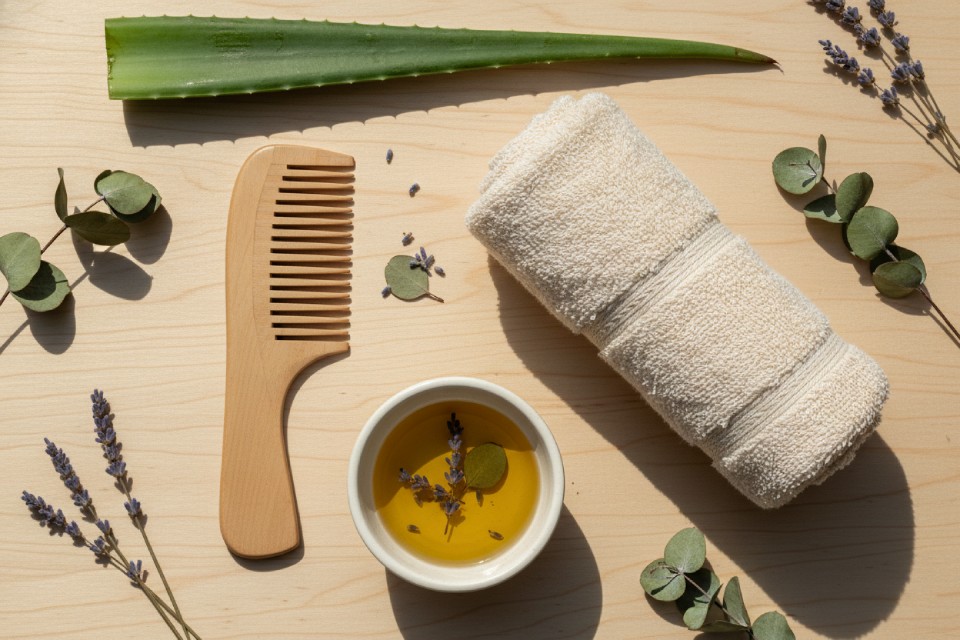
Building a healthy hair routine starts with small, daily habits that protect and strengthen your hair.
Washing & Conditioning
- Wash 2–4 times per week, depending on your hair type and lifestyle.
- Use sulfate-free shampoos to avoid stripping natural oils.
- Apply conditioner mainly to the mid-lengths and ends.
Brushing & Detangling
- Brush gently using a wide-tooth comb or soft-bristle brush.
- Always detangle from the ends upward to prevent breakage.
Scalp Care
- Keep the scalp clean and hydrated—it’s the foundation of healthy hair.
- Massage the scalp for a few minutes daily to stimulate circulation.
Protection from Environmental Damage
- Wear hats or scarves in harsh sunlight.
- Use leave-in conditioners or serums to shield hair from pollution and UV exposure.
Weekly or Monthly Hair Treatments
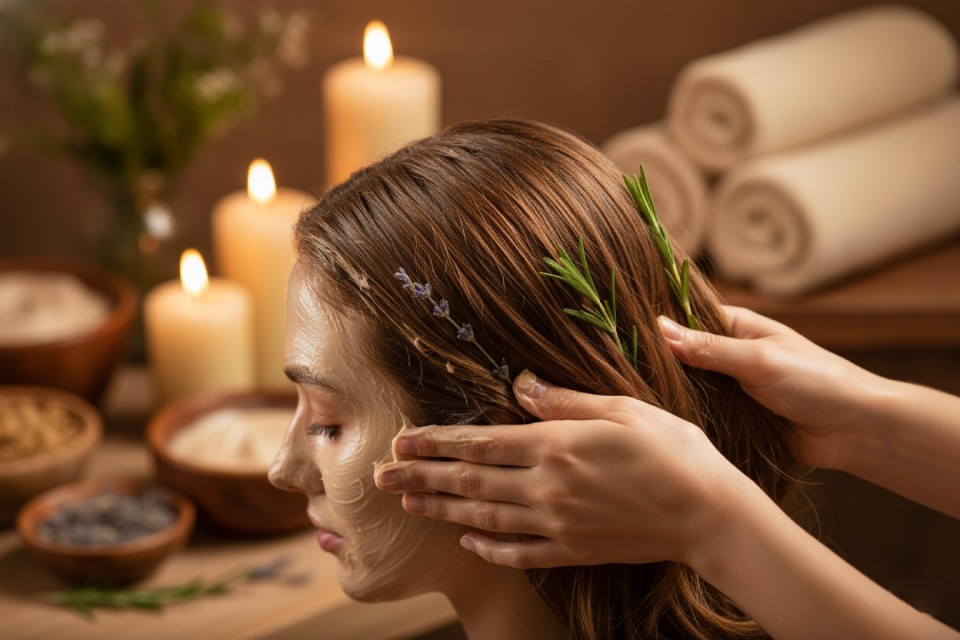
Routine treatments give your hair the nourishment it doesn’t always get from daily care.
- Deep Conditioning: Use a deep conditioner or hydrating mask once or twice a week to replenish moisture and repair damage.
- Hair Masks: Masks with ingredients like keratin, argan oil, or nourishing plant extracts help restore strength and shine.
- Scalp Exfoliation: Gentle exfoliation removes buildup, improves circulation, and encourages healthy hair growth.
- Hair Oils: Warm oil massages; using argan, coconut, jojoba, or herbal blends, hydrate the scalp, reduce breakage, and support hair growth.
Nutrition and Lifestyle for Healthy Hair
The health of your hair reflects your overall wellness. A balanced lifestyle boosts hair growth, thickness, and shine.
Hair-Boosting Foods
- Protein: Eggs, fish, lentils, and yogurt
- Healthy Fats: Avocado, nuts, seeds
- Vitamins & Minerals: Spinach, berries, sweet potatoes, leafy greens
- Omega-3 Fatty Acids: Salmon, walnuts, flaxseeds
Lifestyle Habits
- Hydration: Aim for 6–8 glasses of water daily.
- Sleep: 7–9 hours supports cell repair and hair growth.
- Stress Management: Yoga, meditation, and regular movement help reduce stress-related hair fall.
Recommended Products
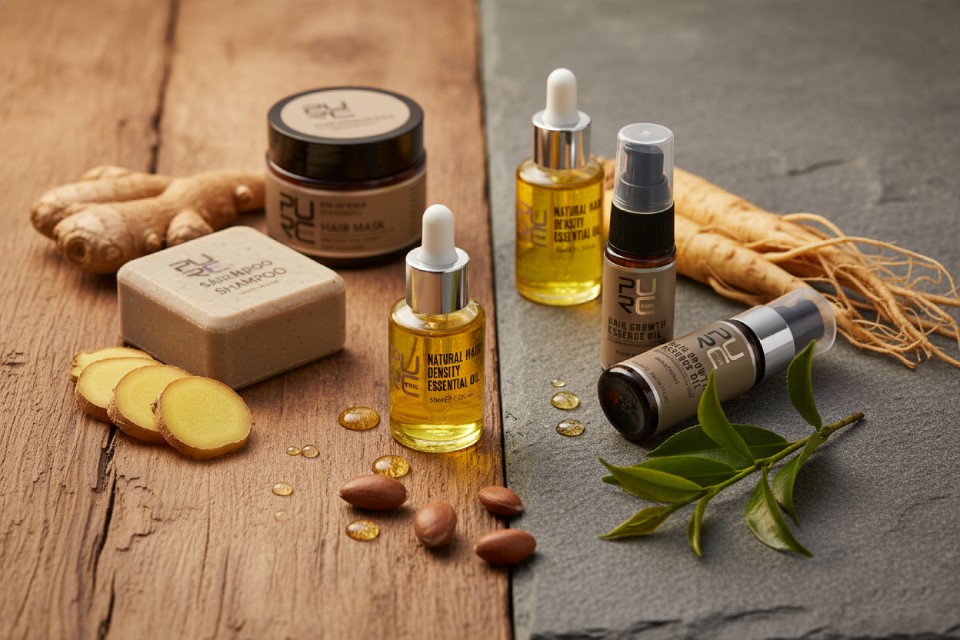
Here are some natural, nourishing options you can include in your healthy hair routine. Add your product links in the placeholders.
Biotin Shampoo, Conditioner & Oil Combo
PURC Biotin Shampoo, Conditioner & Oil Combo targets hair thinning, hair loss & scalp issues. Enriched with Biotin, Keratin, Argan, Jojoba & Tea Tree Oils, it strengthens, hydrates & nourishes hair for thicker, healthier, shinier strands.
Natural Hair Density Essential Oil
PURC Natural Hair Density Essential Oil promotes thicker, healthier hair. Infused with Ginger, Ginseng, Turmeric & Tea Tree Oils, it strengthens roots, reduces dandruff, stimulates growth, and nourishes the scalp naturally for fuller, resilient hair.
Anti Hair Loss & Hair Growth Serum
PURC Hair Growth Serum stimulates scalp circulation and promotes natural hair growth. Enriched with Argan Oil, Biotin, and Ginger Extract, it strengthens strands, repairs damage, reduces hair fall, and leaves hair smooth, nourished, and visibly healthier.
Hair Growth Essence Oil
PURC Hair Growth Essence Oil, enriched with Ginger and Ginseng extracts, nourishes the scalp, strengthens roots, and reduces hair thinning. Low-temperature extracted plant actives promote hair follicle activation and accelerate natural, healthy hair growth.
PURC Magical Treatment Hair Mask
The PURC Magical Treatment Hair Mask repairs dry, dull, or damaged hair with Keratin, Argan Oil, and plant extracts. It hydrates, smooths, adds volume, and restores shine, leaving hair soft, silky, and revitalized. Safe for all hair types and free from harsh chemicals or heat.
Choosing the right products creates the foundation for a healthy hair routine, helping your hair stay strong, nourished, and naturally beautiful every day.
DIY Hair Care Tips & Home Remedies
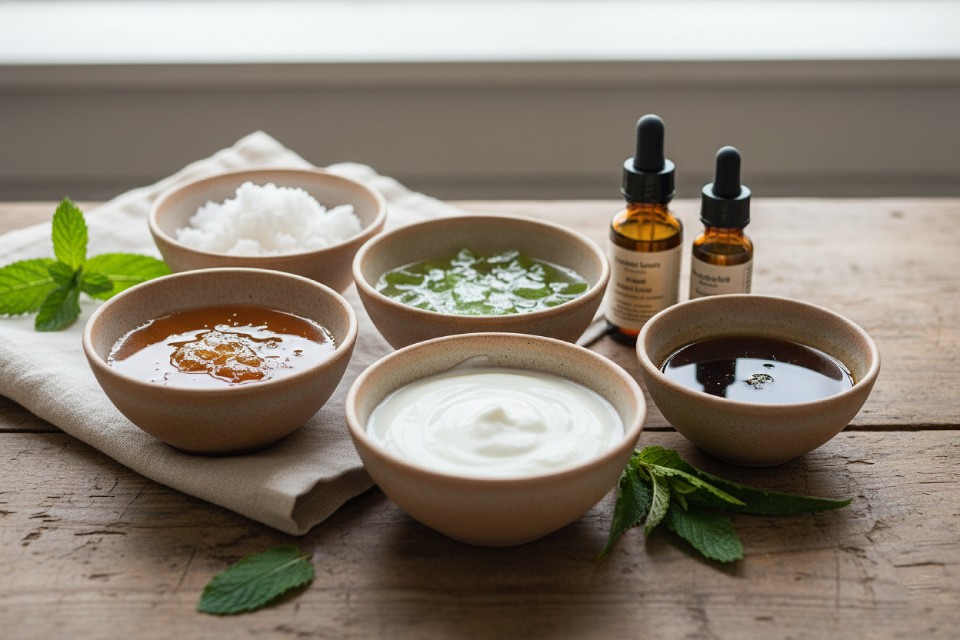
Nature offers simple ingredients that support healthy hair without fuss.
- Coconut Oil Mask: Warm coconut oil, massage into the scalp, leave for 30 minutes before washing.
- Aloe Vera Gel Treatment: Apply pure aloe gel for soothing hydration and shine.
- Honey & Yogurt Mask: A nourishing blend that hydrates and smooths frizzy hair.
Common Hair Care Mistakes to Avoid
Even with the best intentions, certain habits can weaken your hair.
- Over-washing, especially with strong shampoos
- Using excessive heat without protection
- Skipping regular trims
- Tugging or brushing aggressively
- Sleeping with wet hair
- Ignoring scalp health
Avoiding these will greatly improve the effectiveness of your routine.
Seasonal Hair Care Tips
Your hair’s needs change throughout the year, so small adjustments go a long way.
Summer
- Protect from UV rays.
- Use lightweight hydrating sprays to combat dryness.
Monsoon/Humid Seasons
- Anti-frizz serums help tame humidity-induced frizz.
- Keep the scalp clean to avoid fungal buildup.
Winter
- Switch to richer conditioners and oils.
- Combat static with leave-in moisturizers.
Spring & Fall
- Focus on scalp health and gentle exfoliation.
- Prepare hair for temperature shifts with nourishing masks.
Conclusion
A healthy hair routine doesn’t need to be complicated. With a little consistency, mindful habits, and products that honor the natural integrity of your hair, you can enjoy stronger, shinier, and more resilient strands year-round. Understand your hair type, nourish your scalp, support your body with wholesome nutrition, and choose natural, high-quality care. Over time, these small steps build a routine that brings out your hair’s best.
Frequently Asked Questions
How often should I wash my hair?
Most people do best washing their hair two to four times a week. Oily hair may need more frequent washing, while dry or curly hair may need less.
What is the best way to identify my hair type?
Wash your hair, let it air dry naturally, and observe its pattern. Straight hair stays flat, wavy hair forms soft curves, curly hair creates spirals, and coily hair forms tight curls or zig-zag patterns.
Which ingredients should I look for in healthy hair products?
Look for natural ingredients such as biotin, keratin, argan oil, jojoba oil, coconut oil, aloe vera, ginger extract, and ginseng.
How can I reduce hair fall naturally?
Focus on gentle scalp massages, use nourishing oils, avoid harsh chemicals, reduce heat styling, and maintain a nutrient-rich diet.
Do hair masks really make a difference?
Yes. A good hair mask provides deep hydration, repairs damage, restores shine, and strengthens the hair cuticle when used weekly or biweekly.
What foods help improve hair growth?
Foods rich in protein, healthy fats, vitamins, and minerals, such as eggs, fish, nuts, seeds, leafy greens, berries, and sweet potatoes, support stronger hair.
How can I protect my hair from heat damage?
Always use a heat protectant before styling, keep tools at a moderate temperature, and avoid daily heat usage.
Is scalp care important for overall hair health?
Absolutely. A clean and nourished scalp promotes stronger roots, better growth, and reduces issues like dandruff and buildup.
